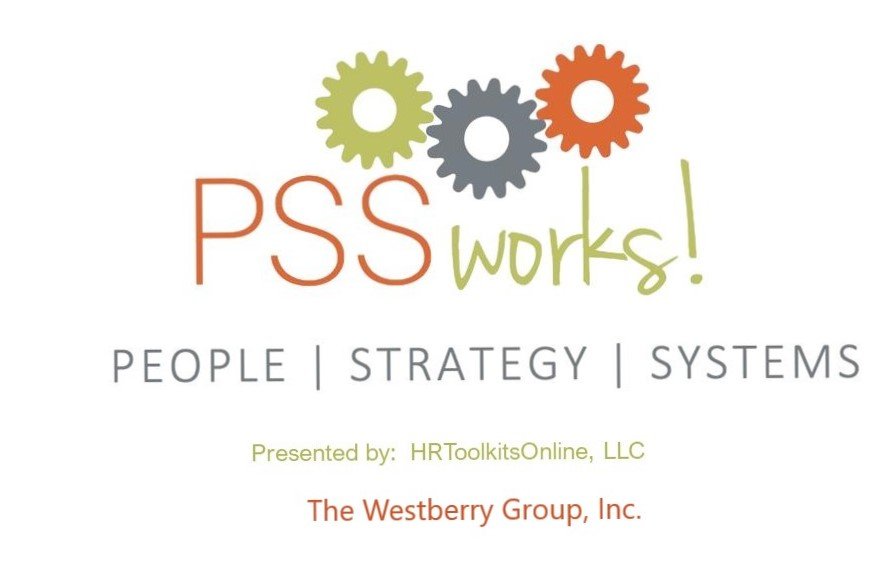Re-Onboarding: Best Practices for Return to Work
As governmental agencies and state legislatures struggle to make President Biden’s announcement of mandatory vaccinations for private companies with 100 or more employees a reality, smart employers are already looking a step ahead as they return employees to the workplace.
For those of you who have started bringing remote employees back together, you’re already learning that employee workplace behaviors and expectations are a little different than they were before the pandemic
Add to that, some of your workers who were hired during the pandemic may never have experienced life in the office.
Unless employers are smart enough to get in front of the need for a refresher on professional expectations, your return to the workplace has high potential for chaos, hurt feelings, and even lawsuits. Take the time now to review your on-boarding processes and establish some plans for reacquainting your employees for life in the office.
Here are a few tips to get you started before the surge begins.
View returning staff like new employees who are overly excited to be back together.
Set up re-onboarding training sessions. Take the time to review conduct policies such as Anti-Harassment and Discrimination Prevention policies, as well as attendance expectations, appropriate office dress code, complying with the safety protocols, and appropriate office interaction. Shoot for collaborative-style reorientation training sessions which leverage positive employee input rather than a heavy-handed rule-centric approach.
Formulate a plan to integrate new remote hires into the workplace.
Employees hired pre-pandemic will enjoy catching up and seeing each other in person. For employees who were hired during the pandemic and have only worked remotely, in-office work will be a decidedly different experience. To help ease their transition, assign someone in the department to act as the newbie’s “buddy”. This role should be offering a welcome on their first day at the worksite and introducing them to colleagues they may have only met online.
Prepare managers for potential inappropriate workplace behaviors.
Returning employees and those who only worked remotely may have a different take than their manager’s on what “behavior rules” are considered appropriate. Some managers may experience employees trading insults, asking co-workers invasive questions, over-sharing personal information, and even exhibiting insubordination towards management authority. The bottom line is, managers must be prepared to step in and take action to ensure a comfortable working environment for everyone. Managers needs to be aware when behavior is out of line and be trained to handle them appropriately.
Returning to the office is a big step that requires many hours of preparation and making some long reaching decisions. The importance of re-onboarding should not be overlooked.
Until we chat again,…be safe, be kind, and BE BRILLIANT!

